How New Orleans handled Hurricane Ida after post-Katrina changes
New Orleans is "in a much better place than 16 years ago," one official said.
When Hurricane Ida made landfall in Louisiana, it put storm preparedness measures that were put in place after Hurricane Katrina to the test.
A $14 billion system of fortified levees and floodgates that were launched after Katrina successfully protected New Orleans from flooding. But at the same time, other infrastructure, including the power grid and water system, failed.
Nearly 1 million remained without power Wednesday, thousands are without water, and hundreds have been rescued from submerged neighborhoods.
The levee and floodgate system
When Katrina hit New Orleans in 2005 as a Category 3 storm, the city's prior levee protection system suffered over 50 breaches in the storm, triggering flooding to 80% of New Orleans, according to a post-storm analysis by the National Hurricane Center.
The cataclysmic hit claimed more than 1,800 lives and caused more than $100 billion in damage.
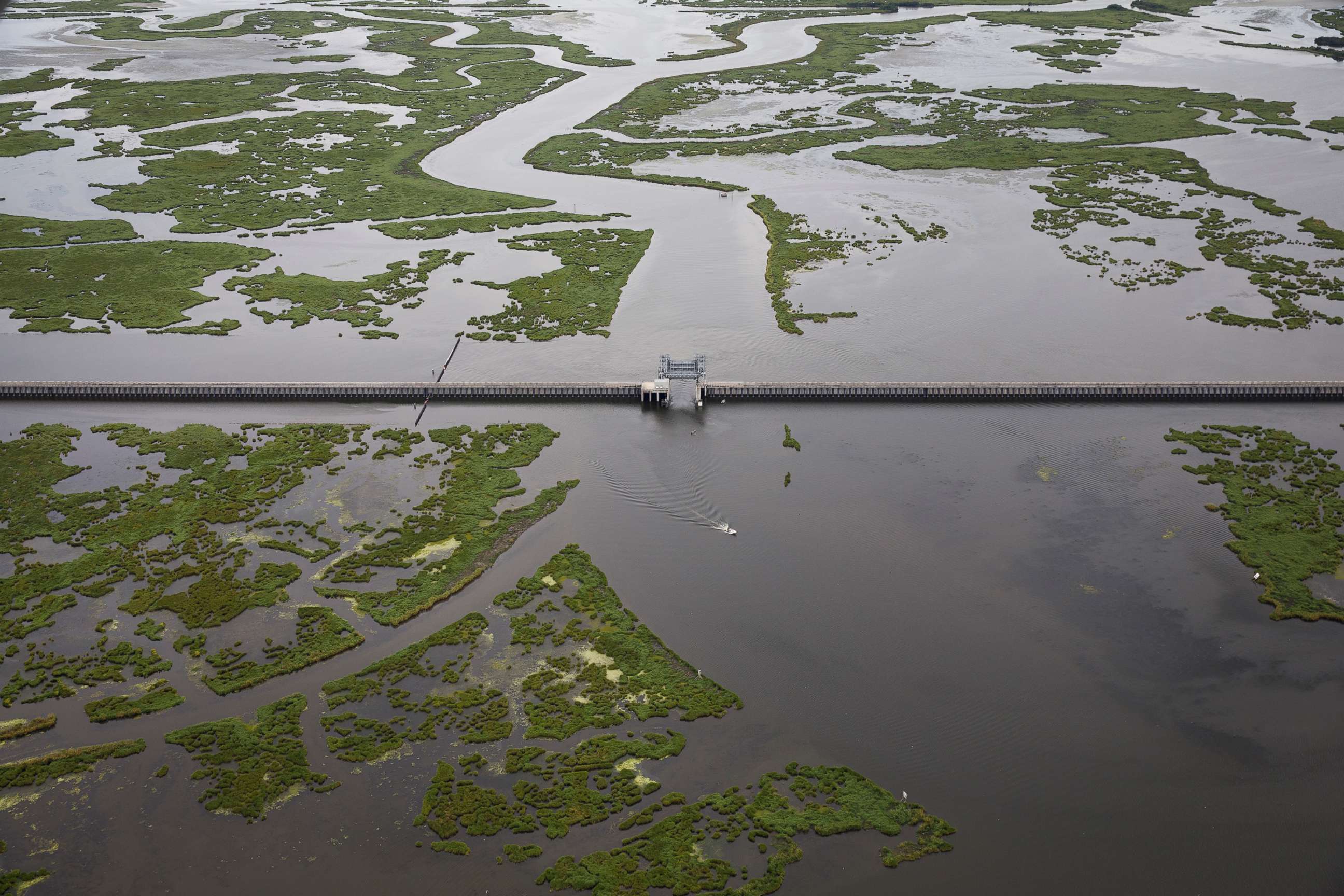
Following the devastation, Congress authorized and funded the Hurricane and Storm Damage Risk Reduction System, which built and strengthened 133 miles of perimeter around New Orleans and surrounding areas to protect it from storm surge and pump out excess water. Today, it's run by the U.S. Army Corps of Engineers.
Louisiana State University professor emeritus Craig Colten, an expert on Louisiana’s geography and response measures, told ABC News that many in the state are “breathing a sigh of relief” that the levee system stood firm, though he said it “wasn’t really tested.”
"The winds were such that they didn’t pressure those areas [of the system] that had been recently repaired, restored, strengthened," he said.
Colten said that winds, which fuel storm surge, in Ida were favorable in protecting New Orleans in the way they blew over Lake Pontchartrain, but the wind did push water into other communities, near the western end of the lake that suffered severe flooding.
Gov. John Bel Edwards touted the success of the levee system as a “silver lining” of Ida’s wrath.
“We don't believe there is a single levee anywhere now that actually breached or failed," he said. However, he noted, "There were a few smaller levees that were overtopped to a degree for a certain period of time."
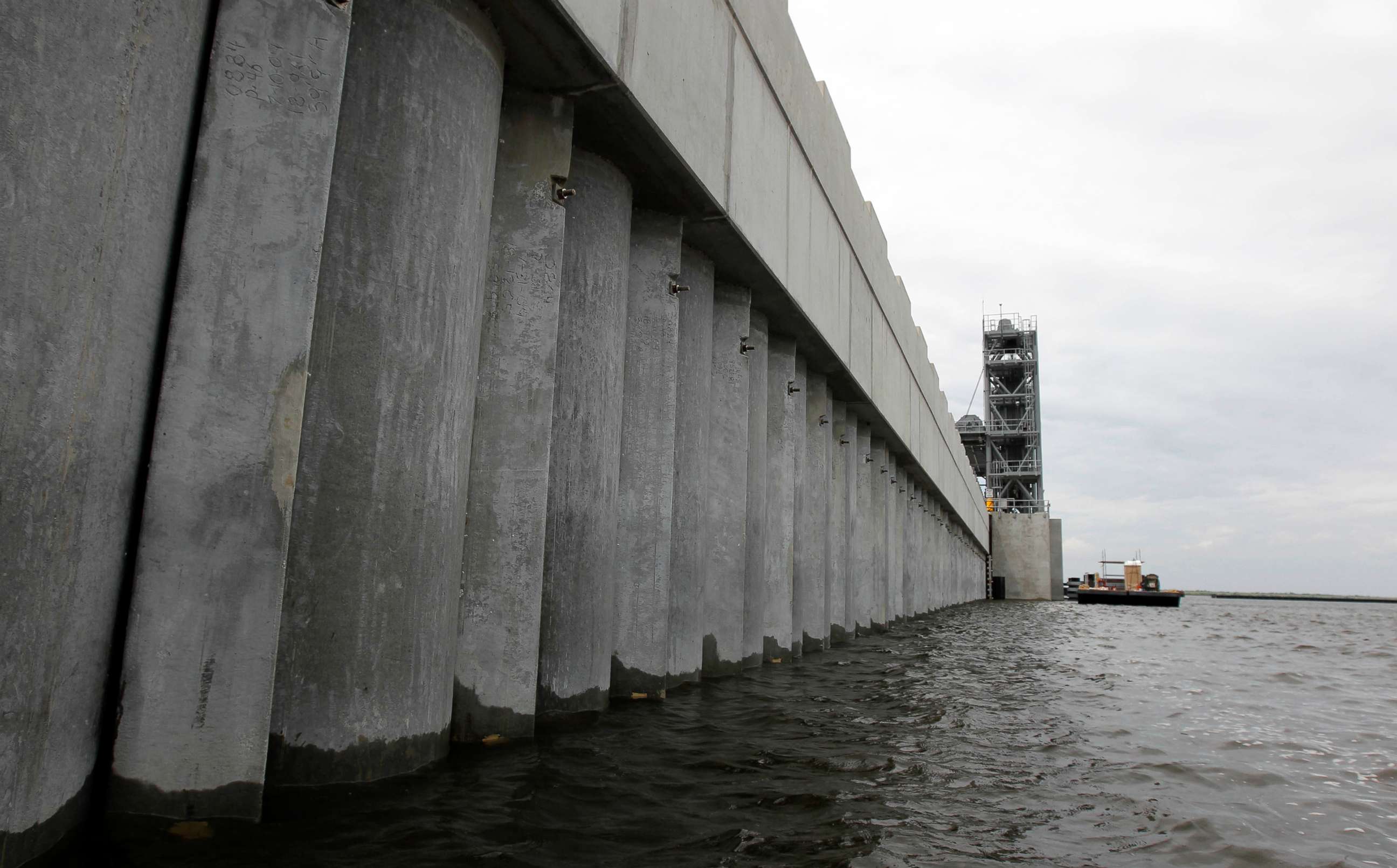
Ramsey Green, New Orleans' deputy chief administrative officer for infrastructure, put his faith in the improved levee system, saying on Saturday, “We need to know that we'll be in a much better place than we were 16 years ago.”
In LaPlace, a western suburb of New Orleans, work had recently begun on a long-awaited levee project, but it wasn't completed and the area was inundated with floodwaters.
Having a fortified system is critical in Louisiana, which is full of coastal marsh and swamp. Much of New Orleans sits under sea level, and the city is essentially a bowl vulnerable to flooding. Its location near the Gulf of Mexico, which creates humid hot air in the summer, is also an environment that causes hurricanes to intensify, Colten said.
Communications
During Hurricane Katrina, one of the biggest criticisms of New Orleans' infrastructure was regarding its communication system, as the storm knocked out power and cell service.
The 911 emergency system underwent a sweeping overhaul that consolidated medical, police and fire calls under the New Orleans Office of Homeland Security and Emergency Preparedness.
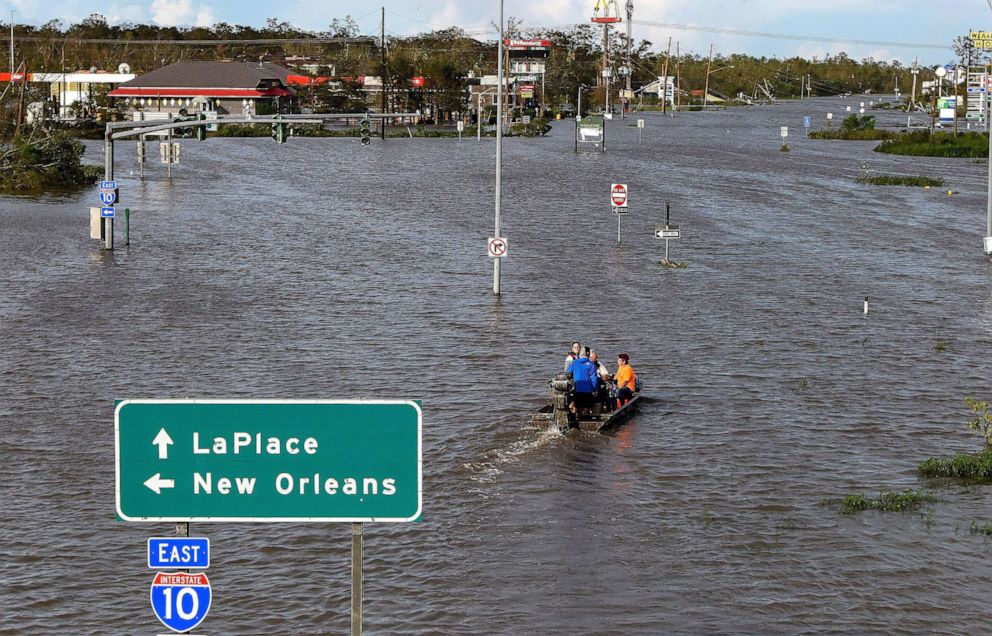
But even though officials were more prepared when it came to warning and educating residents on the impending storm, the 911 system in New Orleans was still temporarily knocked out on Sunday as Hurricane Ida made landfall.
AT&T said Monday its wireless network was operating at 60% of normal capacity with “significant outages” in New Orleans and Baton Rouge due to flooding and storm damage, echoing the cell service outages of Katrina. In an update Tuesday, the company said it is operating at more than 90% of normal service in Louisiana, with 16 mobile satellite cell towers on air and additional assets on the way.
Evacuations
Another learning lesson from Katrina was evacuations, which led to the creation of New Orleans’ city-assisted evacuation plan to move out locals who could not leave themselves or had no place to go.
It was first used in 2008 with Hurricane Gustav. Through this process, residents report to one of several pre-designated pick-up points called Evacuspots, where they board buses to shelters outside at-risk areas.
“That was one of the real failings with Katrina. People who don’t have money to pay for a hotel room or don’t have a car of their own stayed behind," Colten said.
However, with Ida, New Orleans Mayor Mayor Latoya Cantrell said ahead of the storm there was no time to order a mandatory evacuation of the city because there wasn’t enough time to turn the highways into evacuation routes. However, some parishes announced voluntary evacuations, and mandatory evacuations were ordered for areas outside of levees south of New Orleans.
"They didn’t activate the evacuation system for this storm. They felt they didn’t have enough time," Colten said. "The people who have the least were the ones who were left behind and left susceptible to the storm. They’re also left to deal with the aftermath, such as internet and power outages."
Brian Wolshon, a professor of civil engineering at Louisiana State University and expert in evacuation protocols, told ABC News it’s always a “tough call” whether to mandate evacuations or not.
He explained that evacuations are life-and-death protective actions. So far, only a handful of deaths have been attributed to Ida, compared to Katrina’s devastation.
“There's a lot of moving parts with city-assisted evacuation; a really big component of it is this big volunteer force. They don’t want to put all that in the place if they don't think anybody's gonna use it,” he said. “You could make the case that [officials] made the 'right call' because nobody died.”
A greater challenge is the question of hospital evacuations. Initially, Louisiana said it wouldn’t evacuate hospitals because nearby facilities were already overwhelmed with COVID-19 patients.
FEMA on Tuesday night reported that four Louisiana hospitals were damaged due to the storm, 39 medical facilities had to start operating on generator power and many patients were evacuated.
“At Houma, where a hospital got destroyed, that's hard," Wolshon said. "[Officials], I think, looked at it and said, ‘Yes, we think it's safer to keep them here. We believe in our ability and our infrastructure, and we think it's a better move to keep them here than it is to run them up to Shreveport,’” he said.
The drainage system and power grid
Ida's wrath knocked out power to more than 1 million in Louisiana, including all of New Orleans. As of Wednesday morning 988,000 remained without power in Louisiana, according to poweroutage.us.
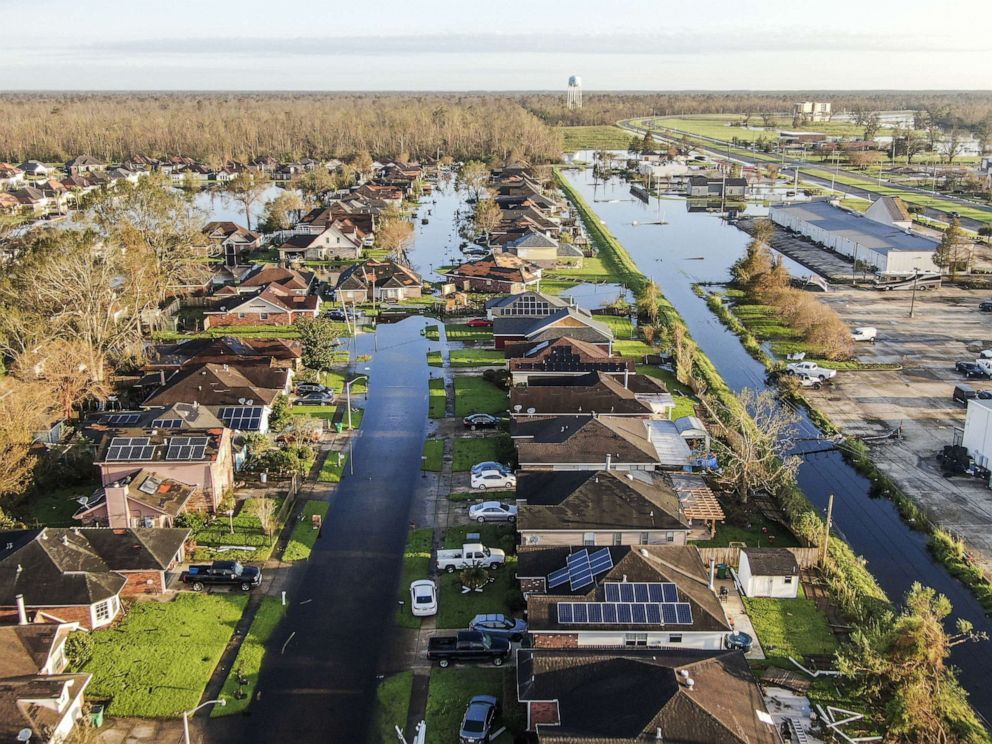
First light came to eastern New Orleans early Wednesday morning, energy utility company Entergy said in a statement.
However, the utility warned “full restoration will take time given the significant damage across the nation,” and crews are still working to repair damage to distribution lines.
Seth Guikema, assistant professor of civil and environmental engineering at the University of Michigan, told ABC News that with a storm this strong, “there’s not a lot you can do to prevent the power from going out."
“I would expect that area along the Gulf Coast, there’s going to be outages for weeks, given the level of damage we’re dealing with,” he said.
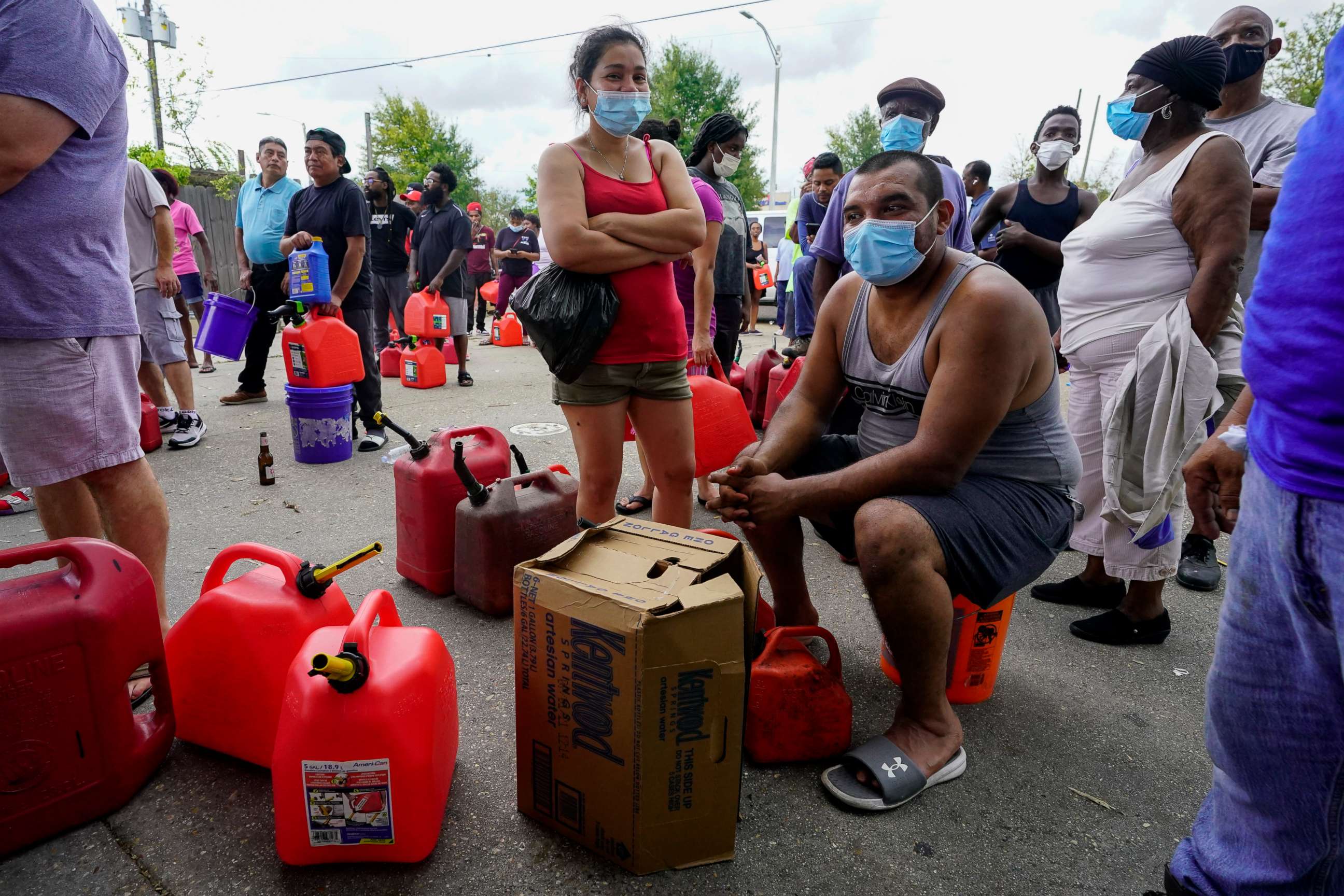
He pointed to other states where utilities have tried to strengthen their grid against monster storms.
“One place a lot of people look at is Florida with Florida Power & Light Co. They invested a huge amount of money in trying to harden their grid against storms, and they still had a huge percentage of customers out after Irma,” he said.
Nearly 2.5 million homes and businesses, or 90% of FPL customers, in several counties lost power during or after Hurricane Irma in 2017, the Sun-Sentinel reported.
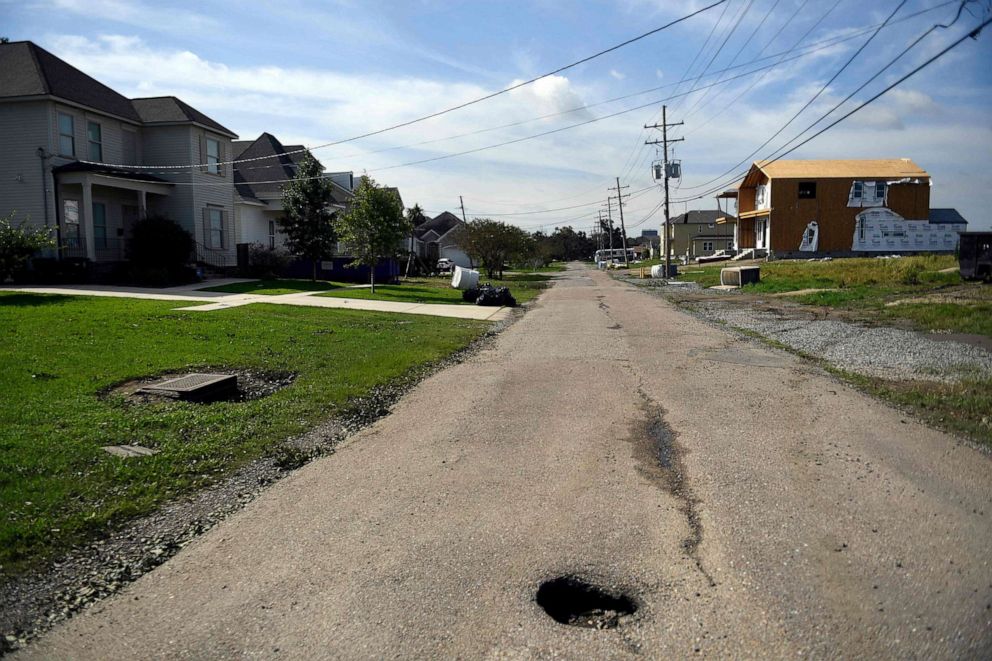
“There are things that a utilities can do to harden their system like replacing poles with higher string poles, concrete poles, things they can do with the cross arms, making them easier to repair or burying the lines," Guikema said. "With utilities, often the focus is let's get the power back on quickly, then we'll go back and figure out what we need to change later."
Colten also pointed to flaws in New Orleans and the surrounding areas' drainage system.
“The pumping system is ancient, antiquated. They’ve had serious problems for the last four or five years with just rainfall vents, without the rainfall amounts you could get from a hurricane. So the drainage system is a weak link in the system to prevent real catastrophic disasters," he said.
Wolshon said that Houston and New Orleans are arguably the best prepared cities when it comes to hurricanes.
"It's not because they're great, it's because they've all taken so many lumps so many times. There's a much more direct, acute need for that type of planning," he said.
Looking to the future, Wolshon said future storms battering the state are imminent and the best course of action is for individuals to be prepared with food, medicine, gas and generators.
Colten said Ida and its impact should be a warning sign to other states, especially as remnants of the storm head northeast.
"These events don’t just hit a place like Louisiana, they're much more expansive," Colten said.



